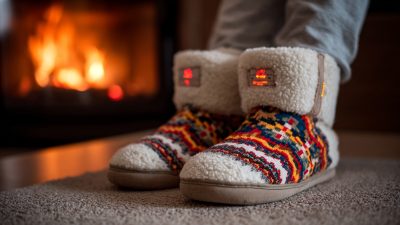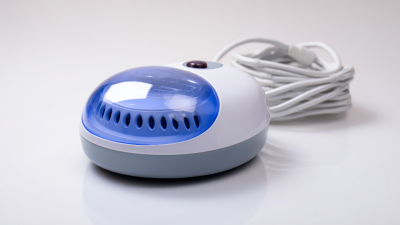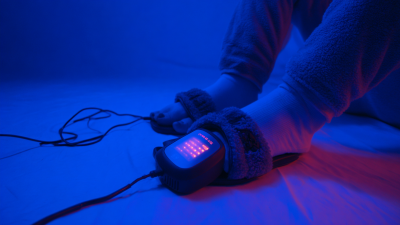As outdoor enthusiasts gear up for their adventures, the importance of keeping warm cannot be overstated, especially when it comes to extremities like toes. According to a recent market report by Grand View Research, the global thermal apparel market is expected to reach USD 5.09 billion by 2025, driven in part by the increasing participation in outdoor recreational activities.
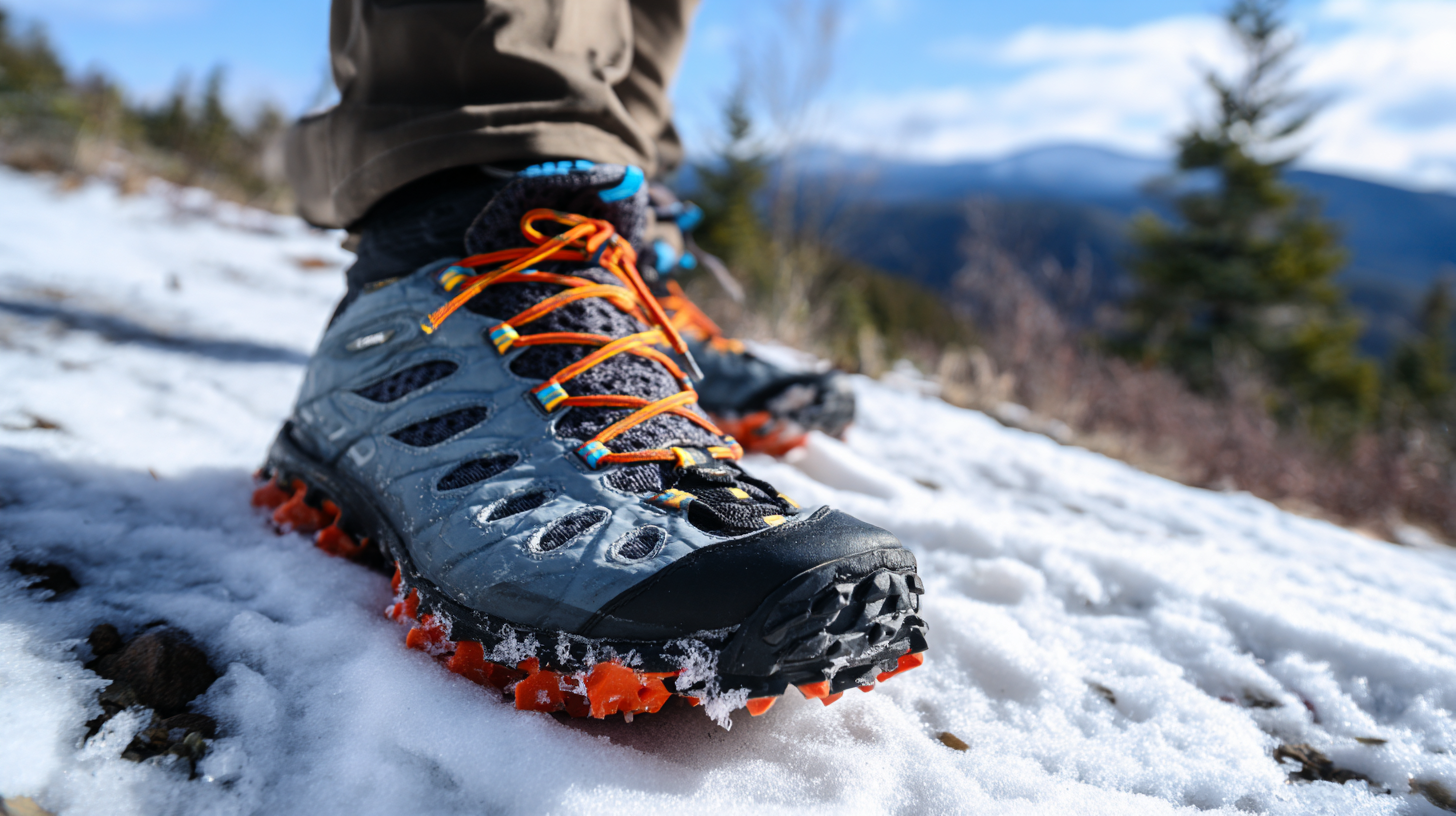
Among the vital accessories for ensuring comfort in cold conditions, the "Toe Warmer" stands out as an essential item for maintaining warmth during winter sports, hiking, or camping. With a multitude of options available, understanding the different types of toe warmers, their unique features, and their fit for specific activities becomes crucial for both safety and enjoyment.
Choosing the right toe warmer not only enhances comfort but also significantly improves overall performance in cold weather.
When it comes to keeping your toes warm during outdoor adventures, understanding the difference between electric and chemical toe warmers is crucial. Electric toe warmers typically use battery power to generate heat, offering the advantage of adjustable temperature settings. Many models can be recharged, making them a sustainable choice for regular outdoor enthusiasts. They fit easily into boots and often provide consistent warmth over extended periods, ideal for activities like skiing or winter hiking.
On the other hand, chemical toe warmers are a convenient, disposable option that activates upon exposure to air. These warmers generate heat through an exothermic reaction, providing warmth for several hours. They are lightweight and can be easily carried in a backpack, making them perfect for spontaneous outings or when you need a quick solution to cold feet. Though they are generally less adjustable than electric options, their readiness and simplicity make them a favorite for casual adventurers who prefer not to fuss with batteries or charging devices. Each type has its strengths, and your choice will depend on your specific needs during your outdoor escapades.
When embarking on outdoor adventures in chilly weather, keeping your toes warm is essential for comfort and enjoyment. Here are some key factors to consider when choosing the right toe warmers. First, assess the type of activity you'll be engaging in. Different activities, such as hiking, skiing, or ice fishing, may require different types of warmth. For instance, if you’ll be stationary for long periods, opt for heavier-duty warmers, while lighter versions may suffice for more active pursuits.
Additionally, consider the source of heat. Battery-operated or chemical toe warmers each have their own benefits and drawbacks. Battery-operated warmers often provide consistent heat and can be reused, while chemical warmers are lightweight and ready-to-use right out of the package. Another factor is the insulation material. Look for toe warmers made with high-quality insulating materials that can trap heat effectively, ensuring your feet stay cozy even in freezing temperatures.
Tips: Always test the fit of your footwear with the toe warmers in place to ensure there's no uncomfortable pressure. It’s also wise to carry a few extra warmers in your pack, especially for longer excursions, as conditions can change quickly. Lastly, be mindful of your feet’s hygiene; make sure to keep them dry and clean, as moisture can decrease the effectiveness of your toe warmers significantly.
| Factor | Description | Recommended For |
|---|---|---|
| Heating Duration | The length of time the warmer provides heat. | Long outdoor activities, winter sports |
| Type of Warmer | Chemical, electric, or reusable warmers available. | Hiking, skiing, camping |
| Size and Fit | Height and width compatibility with footwear. | All outdoor activities |
| Temperature Range | The maximum and minimum temperatures the warmer can reach. | Extreme cold weather use |
| Material | Eco-friendly or synthetic options available. | Environmental consciousness |
| Cost | Price range for different types of toe warmers. | Budget-conscious outdoor enthusiasts |
When embarking on outdoor adventures, keeping your feet warm is crucial to ensure comfort and enjoyment. In the quest for the best toe warmers, it's vital to analyze the performance of top brands through a data-driven comparison. This approach allows adventure enthusiasts to make informed decisions based on key factors such as heat duration, activation time, and comfort level.
Brands like HotHands and Grabber have long been staples among outdoor adventurers, but how do they really stack up? Our analysis reveals that while HotHands offers an impressive average heat duration of up to 18 hours, Grabber's products deliver quicker activation times, ideal for those who need immediate relief in frigid conditions. Additionally, user feedback highlights comfort variations; many users prefer the softer feel of HotHands, while others value the more compact design of Grabber toe warmers for easy portability. By comparing these critical performance metrics, outdoor enthusiasts can select the most suitable toe warmer tailored to their specific needs and environments.
When it comes to outdoor adventures, keeping your feet warm is essential for overall comfort and performance. According to a report by the Outdoor Industry Association, over 60% of outdoor enthusiasts cite cold weather as a significant barrier to enjoying their activities. To combat this, investing in quality toe warmers and following expert tips can make a substantial difference.
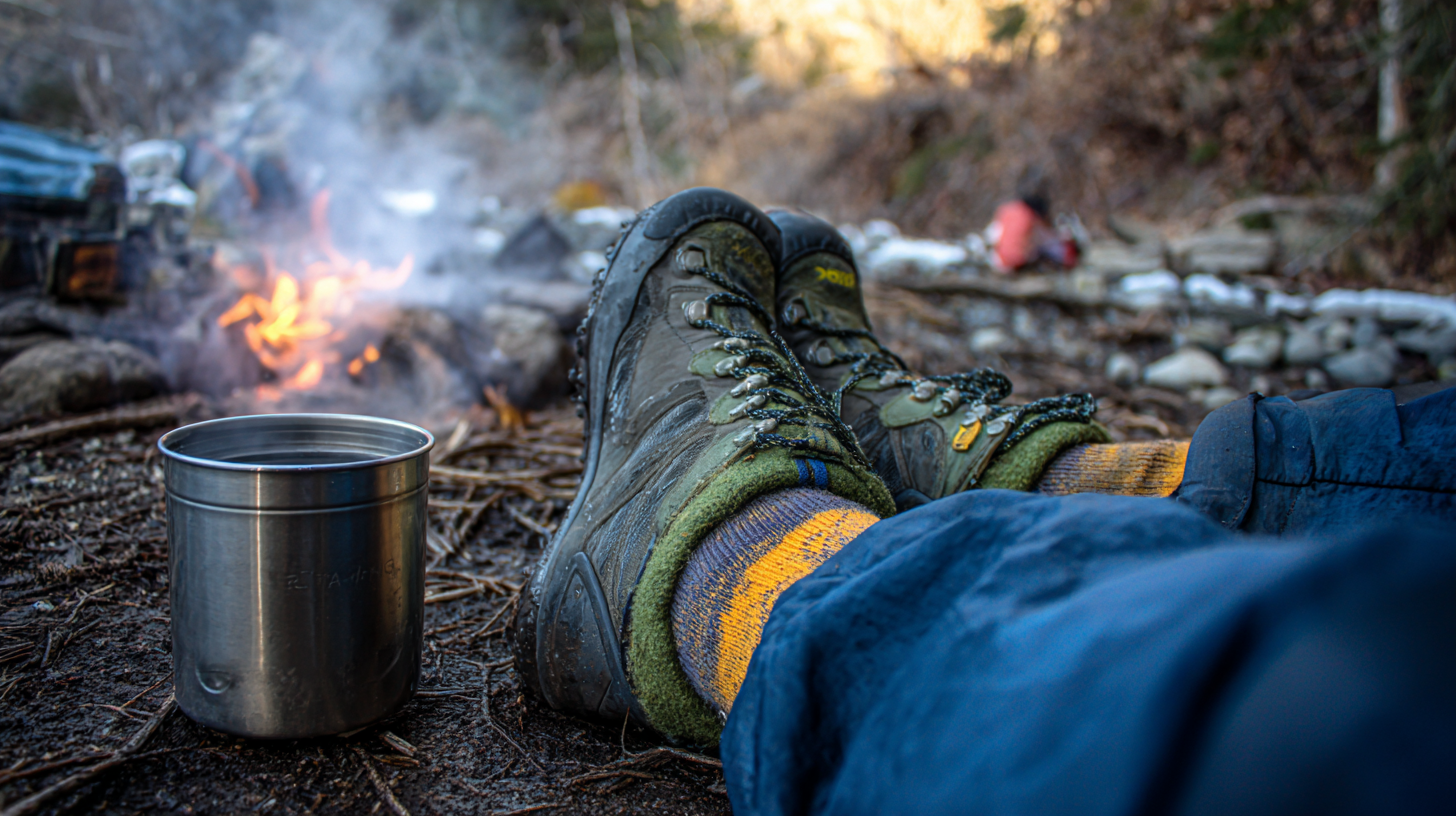 Tip 1: Layering is Key. Start with moisture-wicking socks to keep your feet dry, as moisture can lead to chilling. Cotton socks retain moisture and can exacerbate cold feet, so opting for materials like wool or synthetic fibers is recommended. Adding a thermal liner or toe warmer on top can enhance warmth without compromising dexterity.
Tip 1: Layering is Key. Start with moisture-wicking socks to keep your feet dry, as moisture can lead to chilling. Cotton socks retain moisture and can exacerbate cold feet, so opting for materials like wool or synthetic fibers is recommended. Adding a thermal liner or toe warmer on top can enhance warmth without compromising dexterity.
Tip 2: Choose the Right Toe Warmer. Not all toe warmers are created equal. Look for products with insulation ratings suitable for extreme cold conditions. Experts suggest checking for high-quality materials that boast a long-lasting heat duration, ideally upwards of 8 hours, ensuring your toes stay cozy throughout your adventure.
Tip 3: Keep Your Feet Active. Movement promotes circulation, which is vital for keeping warm. Every few hours, wiggle your toes or take short breaks to get the blood flowing. A study published in the Journal of Thermal Biology emphasizes that active feet can help maintain core body temperature during outdoor excursions.
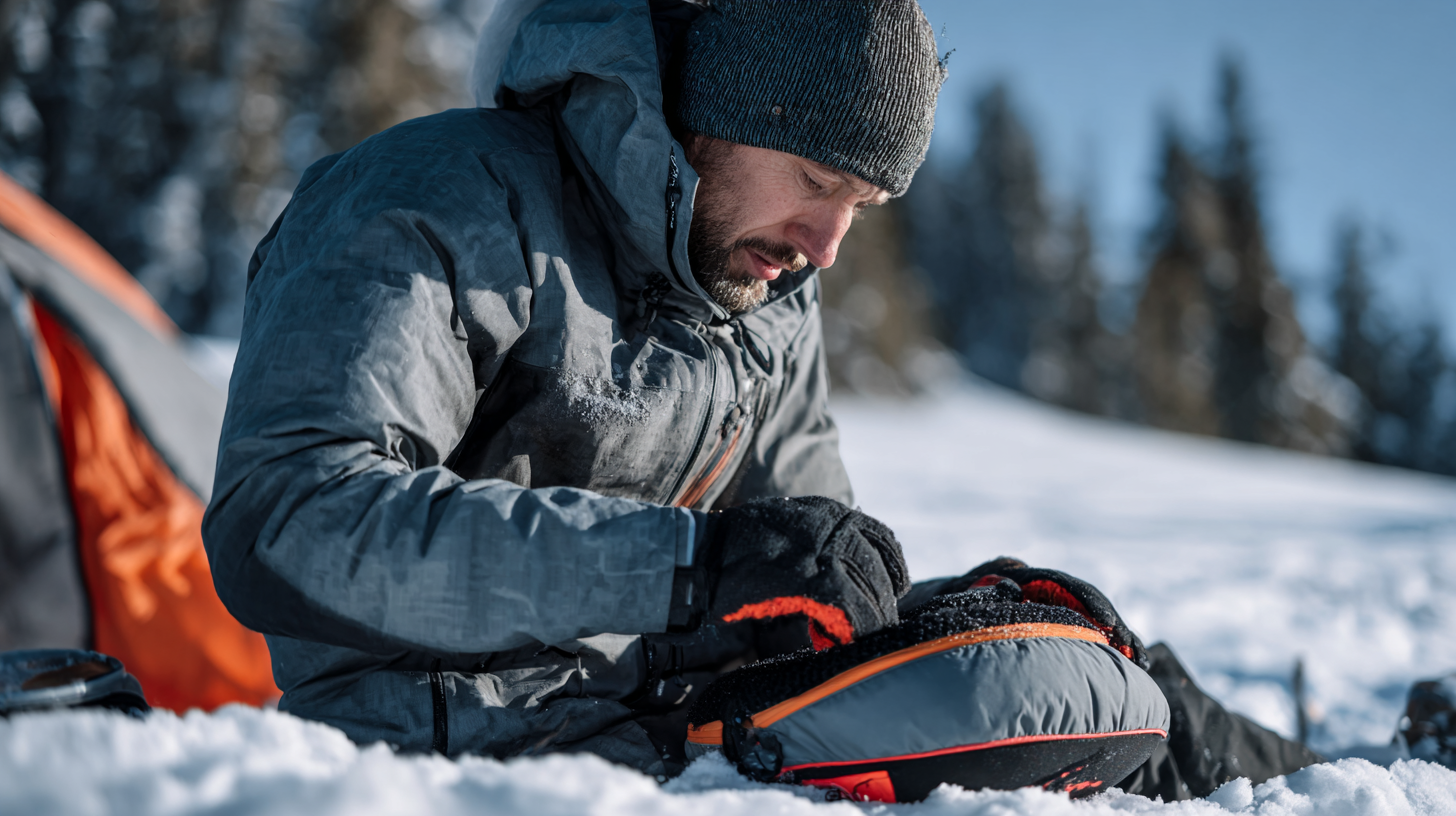 When choosing toe warmers for your outdoor adventures, it's crucial to consider their environmental impact. Many conventional toe warmers are made from non-biodegradable materials, and their production processes can contribute significantly to carbon emissions. According to a recent report by the Environmental Protection Agency, the production of synthetic materials for heating products adds to greenhouse gases, impacting climate change. Therefore, opting for warmers made from sustainable materials can make a difference.
When choosing toe warmers for your outdoor adventures, it's crucial to consider their environmental impact. Many conventional toe warmers are made from non-biodegradable materials, and their production processes can contribute significantly to carbon emissions. According to a recent report by the Environmental Protection Agency, the production of synthetic materials for heating products adds to greenhouse gases, impacting climate change. Therefore, opting for warmers made from sustainable materials can make a difference.
Tip: Look for toe warmers that utilize biodegradable or recyclable materials, as they tend to have a lower environmental footprint. Companies that emphasize sustainable production practices often feature this information on their packaging.
Additionally, it's wise to consider the life cycle of toe warmers. Many consumers may overlook how the disposal of these products can affect the environment. A study found that nearly 60% of disposable heating products end up in landfills, where they may take decades to decompose. Choosing reusable options can significantly reduce waste.
Tip: Research brands that offer reusable toe warmers, as they not only help in minimizing waste but also provide long-term savings. Check for companies that prioritize eco-friendly packaging and operations, as these choices reflect a commitment to sustainability in outdoor gear.
